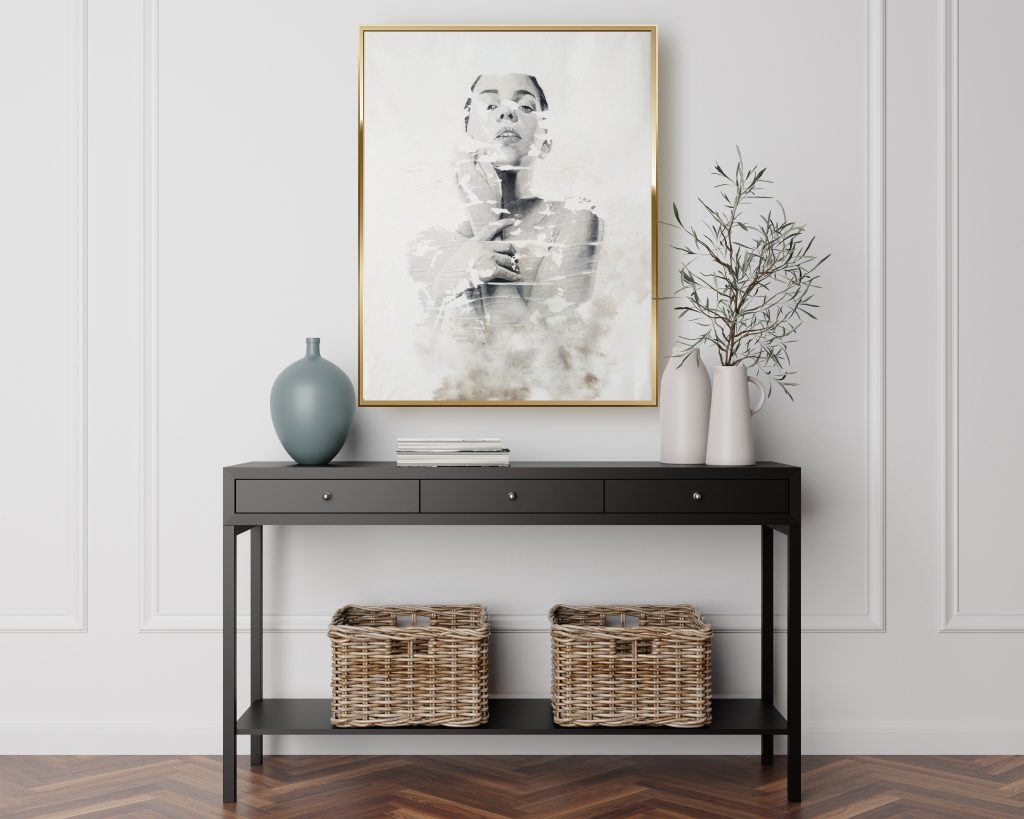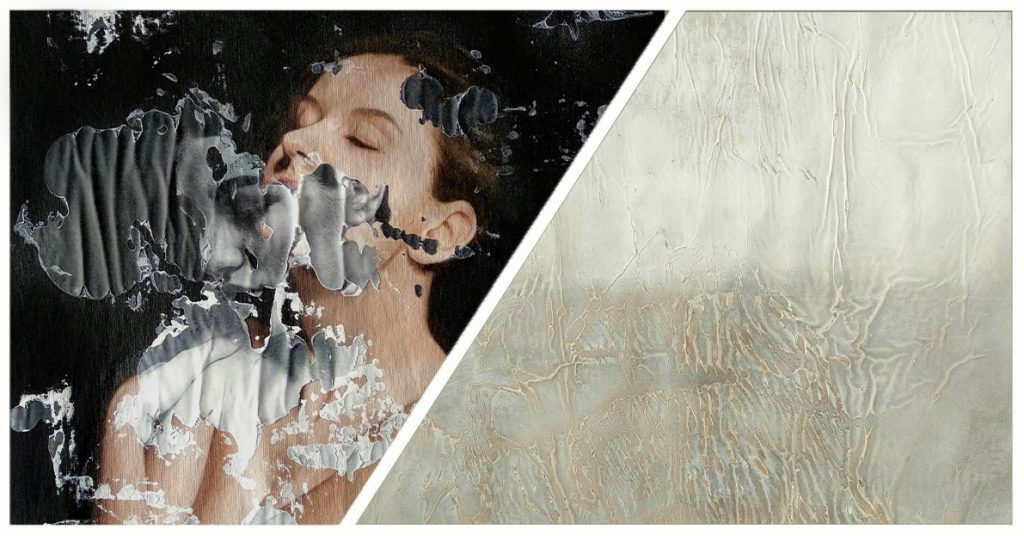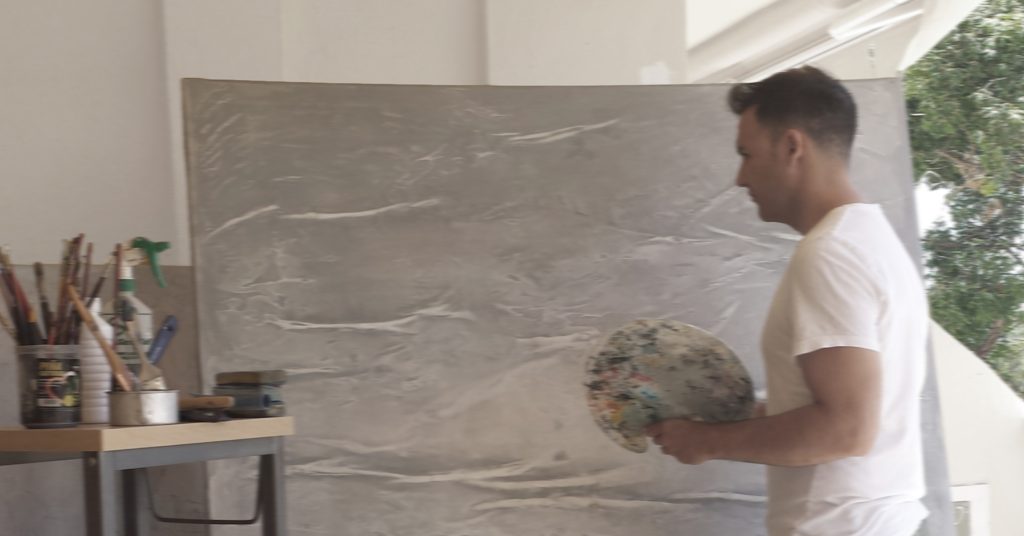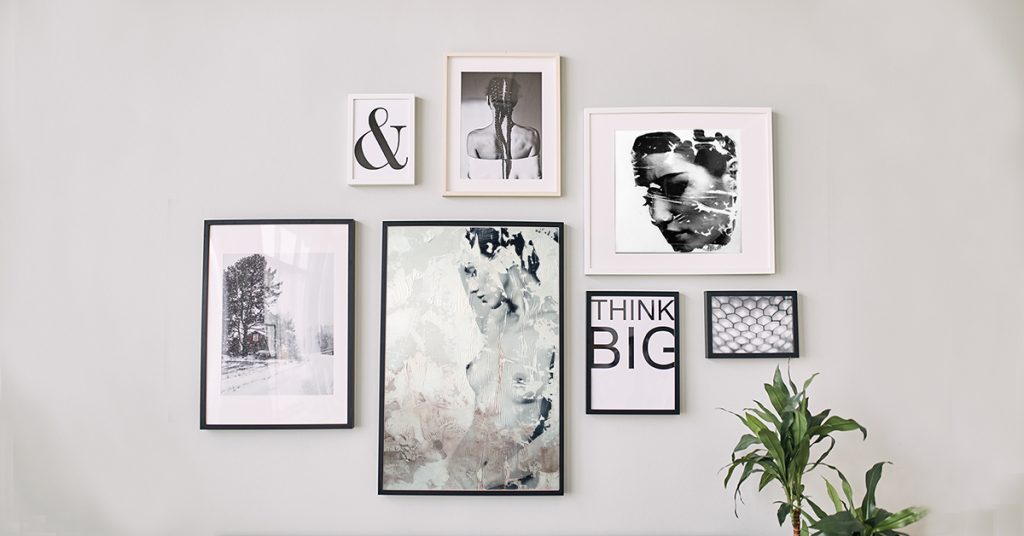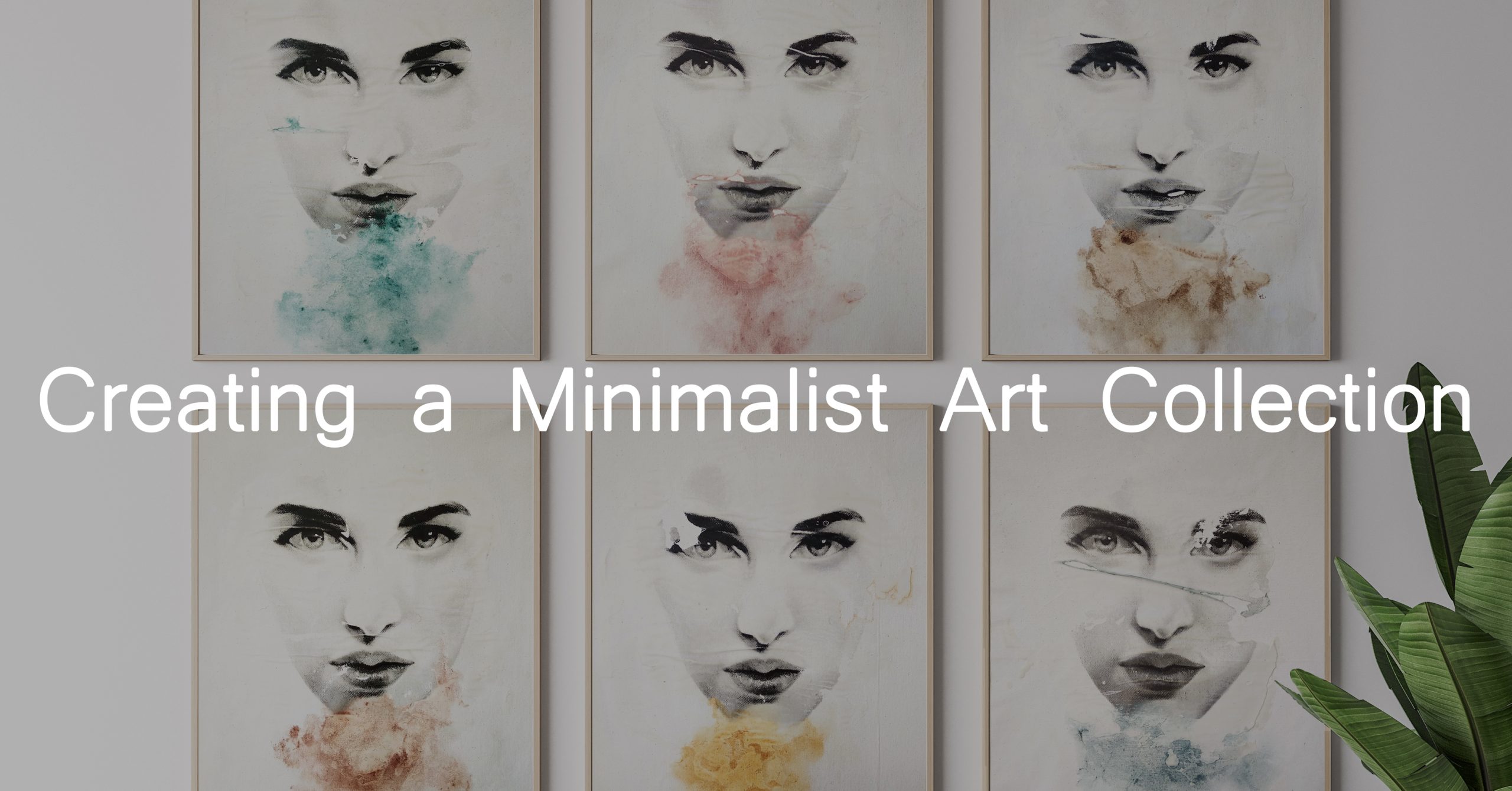
Introduction
As our lives become increasingly busy and cluttered, many people are turning to minimalism as a way to simplify and improve their daily routines. Minimalism is a philosophy that emphasizes the importance of simplicity and reducing clutter in all aspects of life, including art. In this article, we will explore the benefits of creating a minimalist art collection, and provide tips for selecting and displaying minimalist artworks.
What is Minimalism?
Minimalism is a design philosophy that values simplicity and clarity over complexity and ornamentation. It emerged in the 1960s as a reaction against the excesses of modernism, and has since become a popular aesthetic in art, architecture, and fashion. Minimalism is characterized by the use of simple, geometric shapes, a limited color palette, and a focus on materials and texture.
Why Create a Minimalist Art Collection?
There are many benefits to creating a minimalist art collection. First, minimalism can help to reduce visual clutter in your home or office, creating a calm and peaceful environment that promotes relaxation and productivity. Second, minimalist artworks often have a timeless quality that makes them suitable for any decor style or color scheme. Finally, minimalism can help to sharpen your eye for design, as you learn to appreciate the subtle beauty of simple forms and textures.
Tips for Selecting Minimalist Artworks
When selecting minimalist artworks for your collection, there are several factors to consider. First, look for artworks that use simple, geometric forms and a limited color palette. Avoid artworks that are overly complex or decorative, as these can detract from the overall simplicity of your collection. Second, consider the materials and textures of the artworks. Look for pieces that use natural materials such as wood, stone, or metal, as these can add a tactile quality to your collection. Finally, choose artworks that resonate with you personally. Minimalism is all about paring down to the essentials, so each artwork in your collection should have a special meaning or significance to you.
Displaying Minimalist Artworks
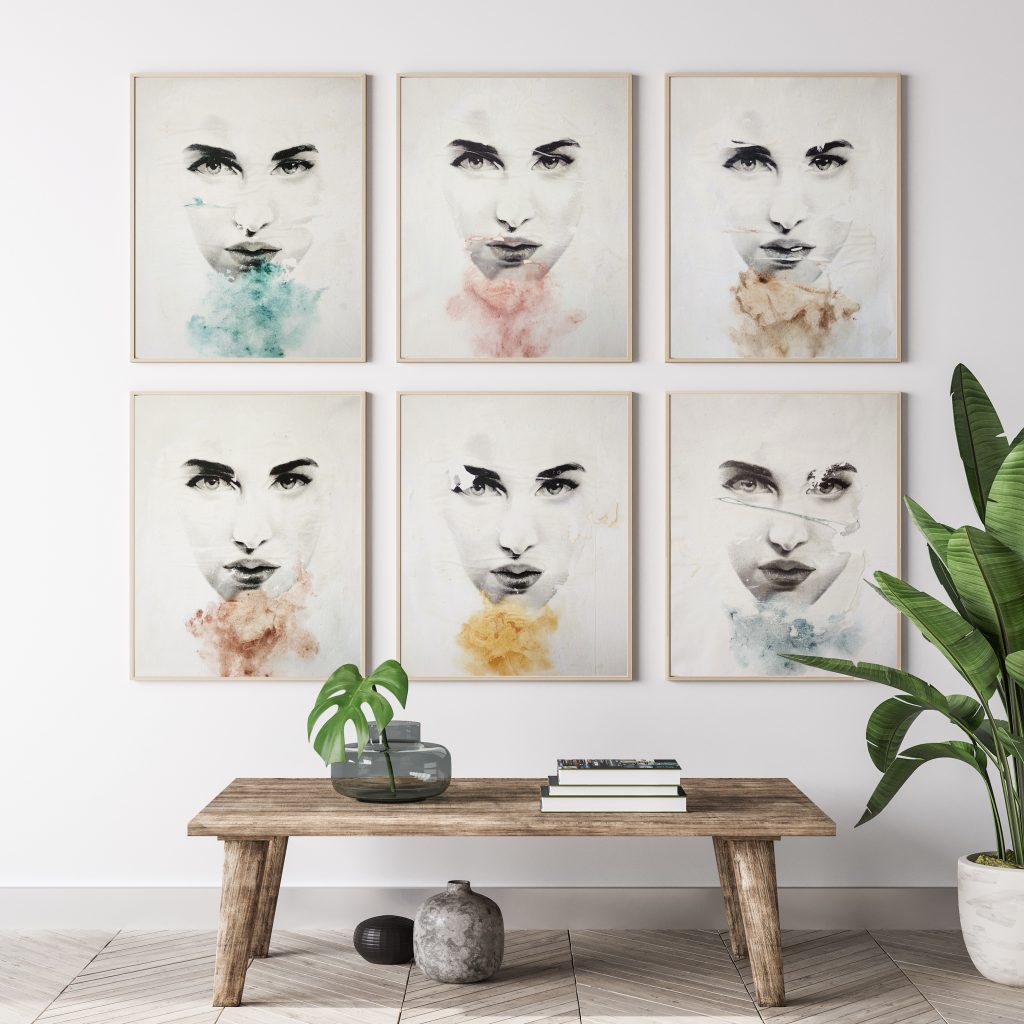
Once you have selected your minimalist artworks, it’s time to display them in a way that enhances their beauty and simplicity. One effective way to display minimalist artworks is to use a neutral, monochromatic color scheme for your walls and furniture. This will allow the artworks to stand out and be the focus of attention. Another effective display technique is to group similar artworks together to create a unified visual statement. For example, you might group a series of geometric prints or abstract sculptures together on a single wall. Finally, consider using minimal framing or mounting techniques to showcase the raw materials and textures of your artworks.
Minimalism and Raul Lara’s Art
Raul Lara is a contemporary artist renowned for his neophotorealistic style. However, he has explored and incorporated minimalism into his art. Lara’s figurative and abstract minimalist paintings utilize simplified forms and a restricted color palette to generate tranquil and reflective atmospheres. His abstract minimalist works are influenced by nature, and by the use of image transfer techniques on his deconstructed series he creates striking minimalist figurative art pieces. If you are interested in creating a minimalist art collection, Lara’s artworks are an excellent place to start.
Minimalism figurative art
Minimalism and figurative art may seem like two opposite concepts, but in fact, they can complement each other in a unique way. This is a style that emphasizes the use of simple forms, neutral colors, and often employs industrial materials. Figurative art, on the other hand, focuses on the representation of the human form or other recognizable objects.
By incorporating minimalism into figurative art, artists can create works that have a striking visual impact while still conveying a clear message or emotion. Minimalist elements can help to simplify and distill the essence of the subject, bringing it to the forefront of the artwork. This can create a sense of intimacy and vulnerability, allowing the viewer to connect with the subject on a deeper level.
Famous Abstract Minimalist Artists
One example of this combination is the work of the artist Alberto Giacometti. Giacometti’s sculptures of elongated, spindly figures are often considered minimalist in their use of simple lines and forms. Yet, at the same time, they capture the essence of the human form in a way that is both powerful and emotive.
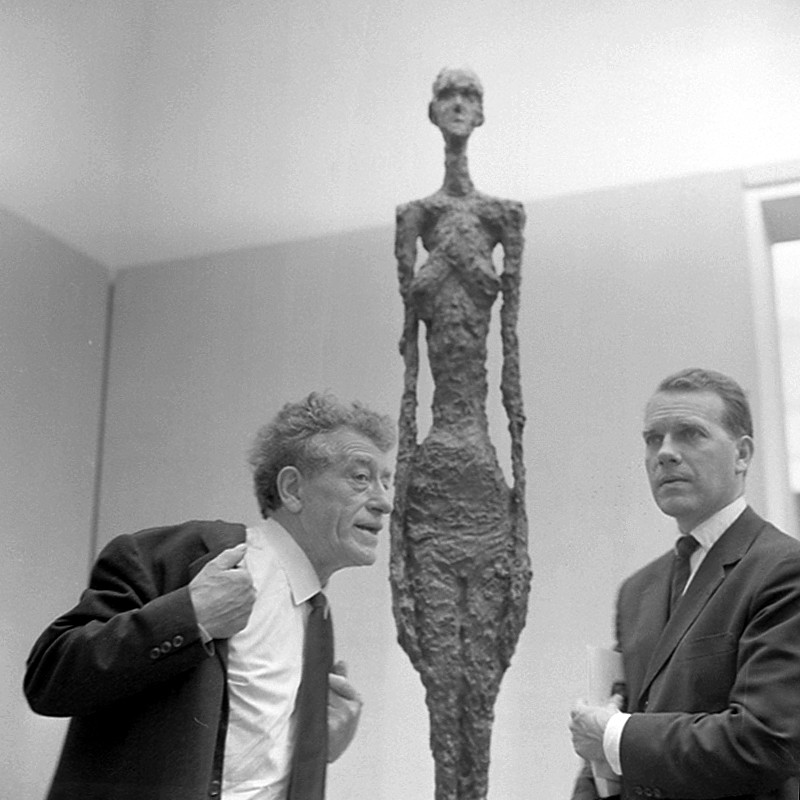
Another artist who blends minimalism and figurative art is Ellsworth Kelly. Kelly’s abstract shapes and forms often suggest the human body or other recognizable objects, while still maintaining a sense of simplicity and minimalism. This allows the viewer to focus on the emotional or conceptual impact of the artwork, rather than getting bogged down in details or representational elements.
Overall, the combination of minimalism and figurative art can create a unique and impactful aesthetic that allows the subject to speak for itself. By stripping away excess elements and focusing on the essence of the subject, artists can create works that are both powerful and emotive, leaving a lasting impression on the viewer.
Raul Lara Minimalism figurative artworks
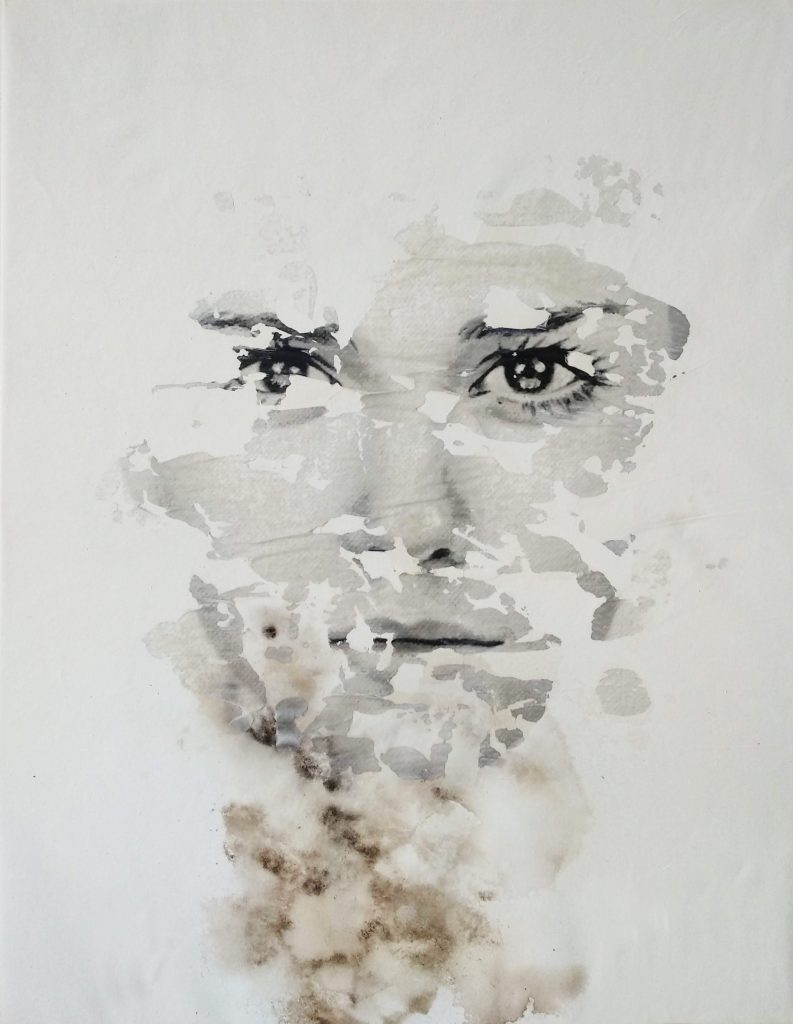
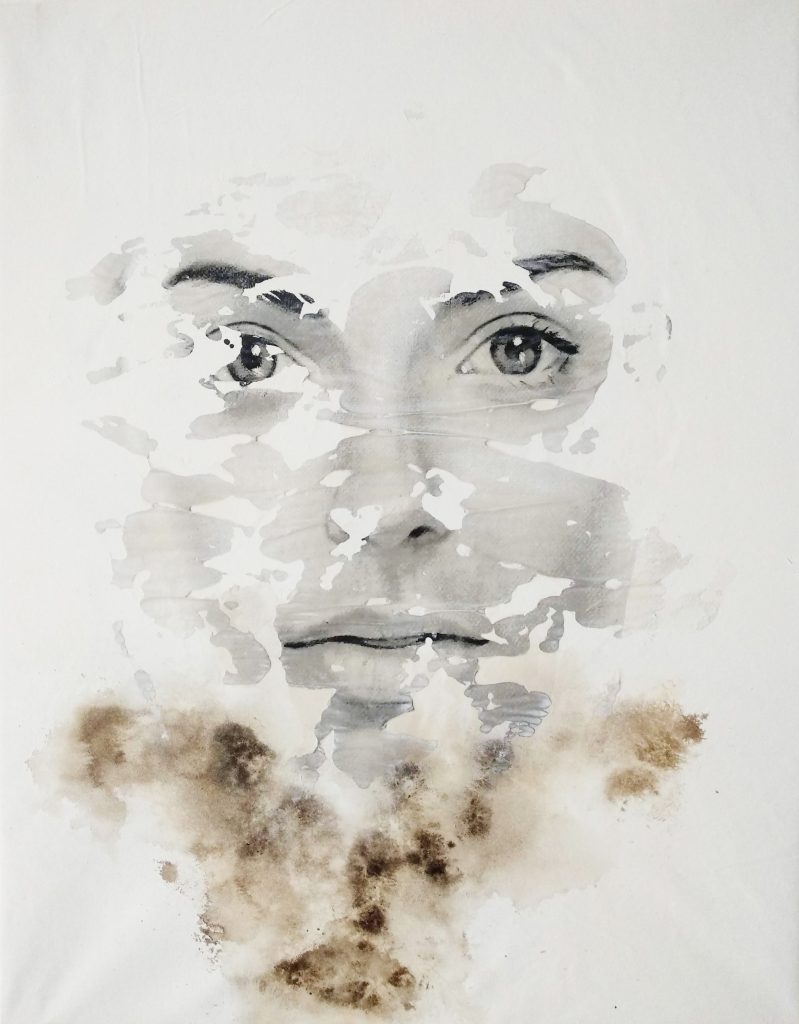
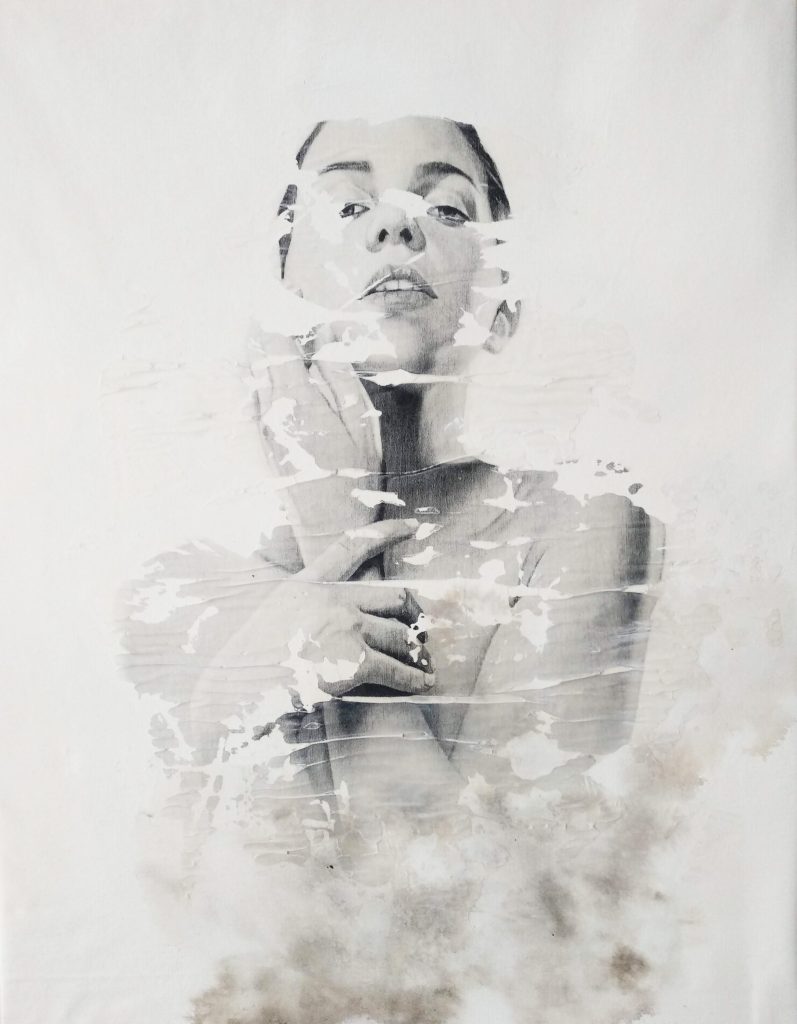
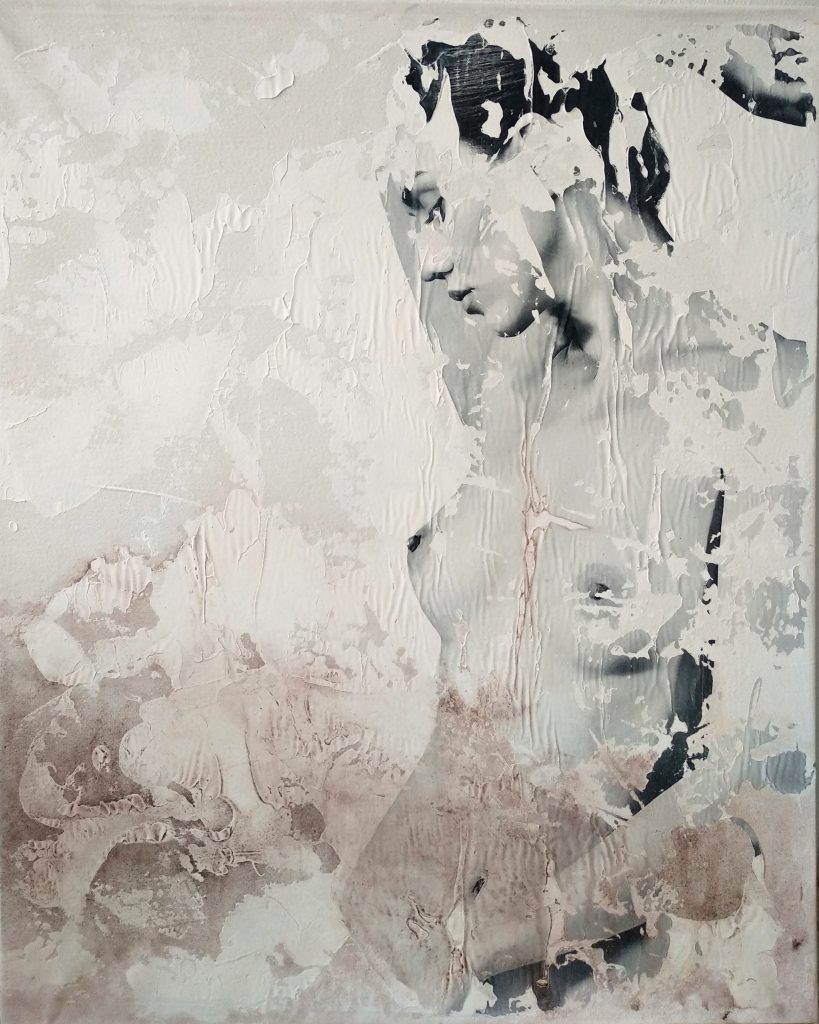
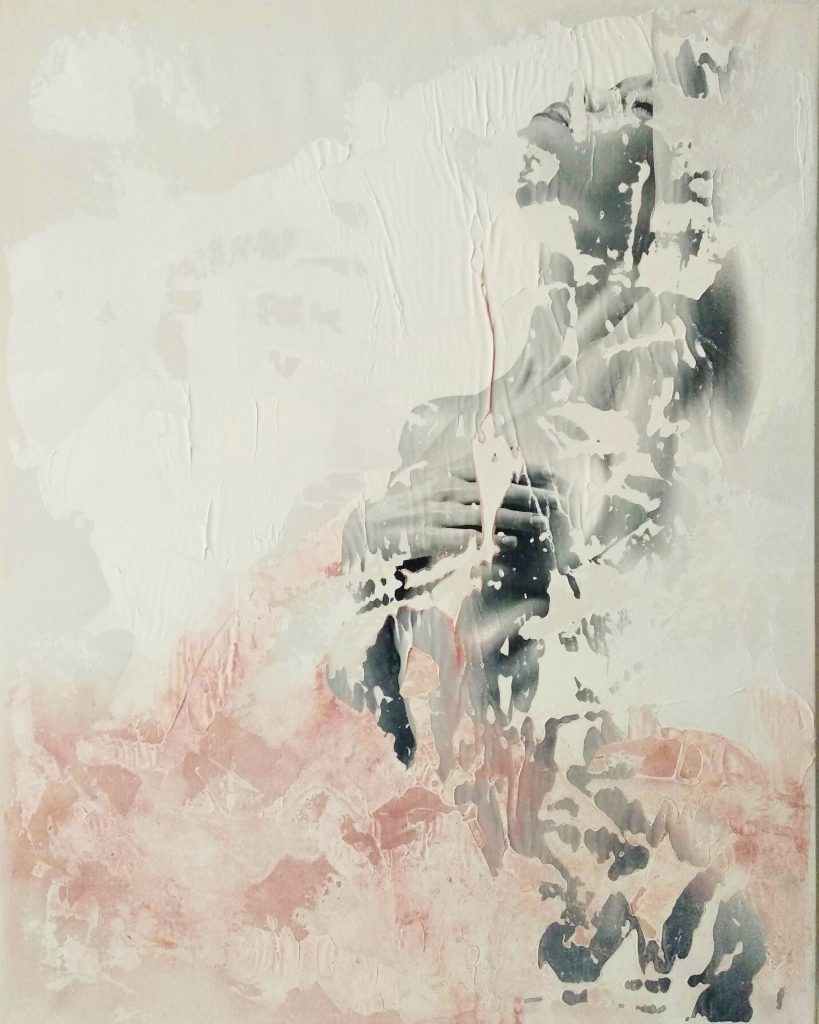
Minimalism abstract art
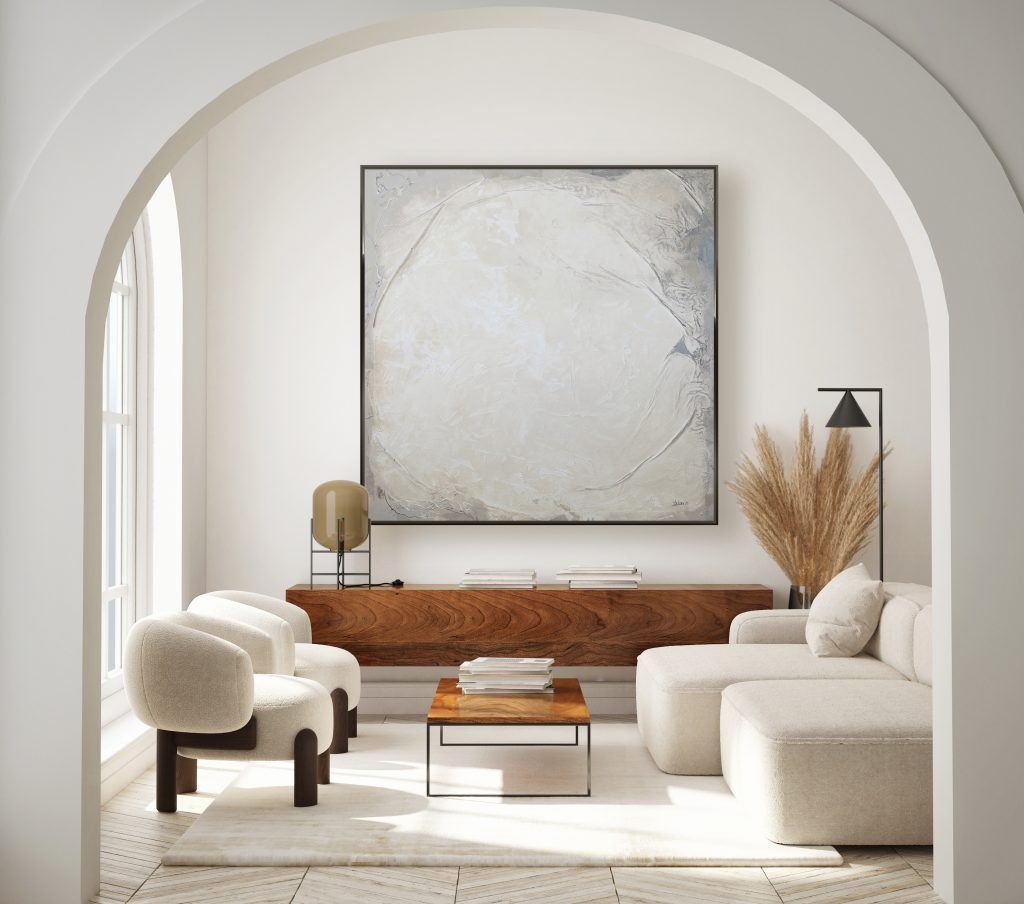
Minimalist abstract art is a style that emphasizes simplicity, clarity, and purity of form. It often employs geometric shapes, monochromatic color schemes, and a reduction of visual elements to their essential components. By removing unnecessary details and focusing on the essence of the artwork, minimalist abstract art creates a sense of calm and contemplation that allows the viewer to engage with the work on a deeper level.
Famous Figurative Minimalist artists
One of the pioneers of minimalist abstract art is the artist Kazimir Malevich. Malevich’s “Black Square” is considered to be one of the first examples of pure abstraction, a square of black paint on a white canvas that represents nothing but itself. Malevich believed that this kind of abstraction represented the ultimate form of art, free from any representational or narrative constraints.
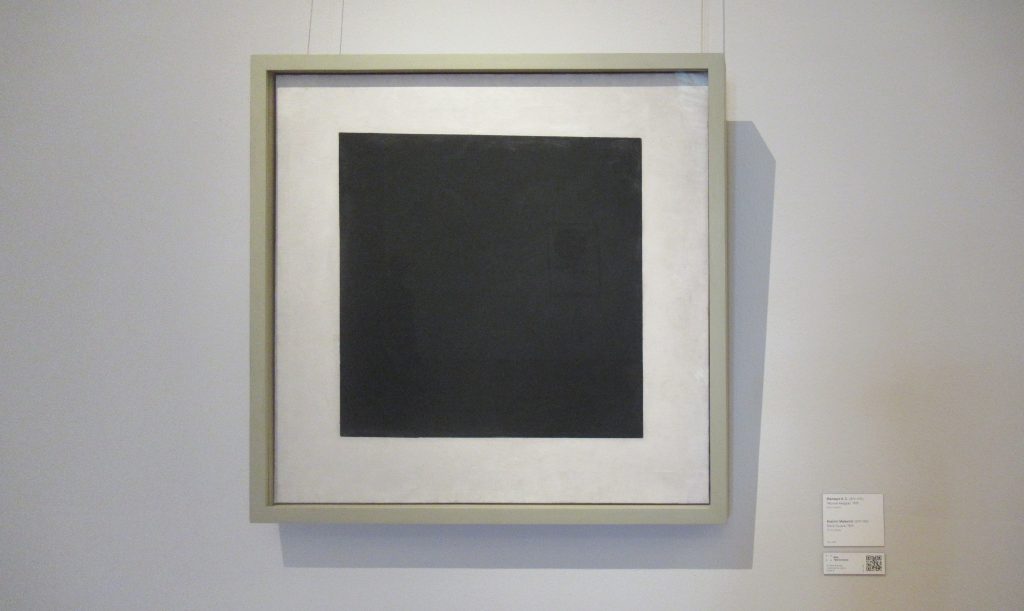
Another artist who created minimalist abstract art is Agnes Martin. Martin’s work often features grids or bands of color, carefully and meticulously painted to create a sense of order and harmony. Her use of subtle color variations and repetitive patterns creates a meditative, almost spiritual atmosphere that invites the viewer to contemplate the work’s beauty and simplicity.
Minimalist abstract art has continued to influence contemporary artists, with many embracing the style’s simplicity and purity of form. Artists like Ellsworth Kelly, Frank Stella, and Donald Judd have all created works that embody the principles of minimalist abstract art, using geometric shapes, monochromatic color schemes, and an emphasis on form and structure to create works that are both powerful and contemplative.
Overall, minimalist abstract art offers a unique and powerful aesthetic that allows the viewer to engage with the work on a deeper level. By reducing visual elements to their essential components, minimalist abstract art creates a sense of clarity and simplicity that invites contemplation and introspection, leaving a lasting impression on the viewer.
Raul Lara minimalism abstract artworks
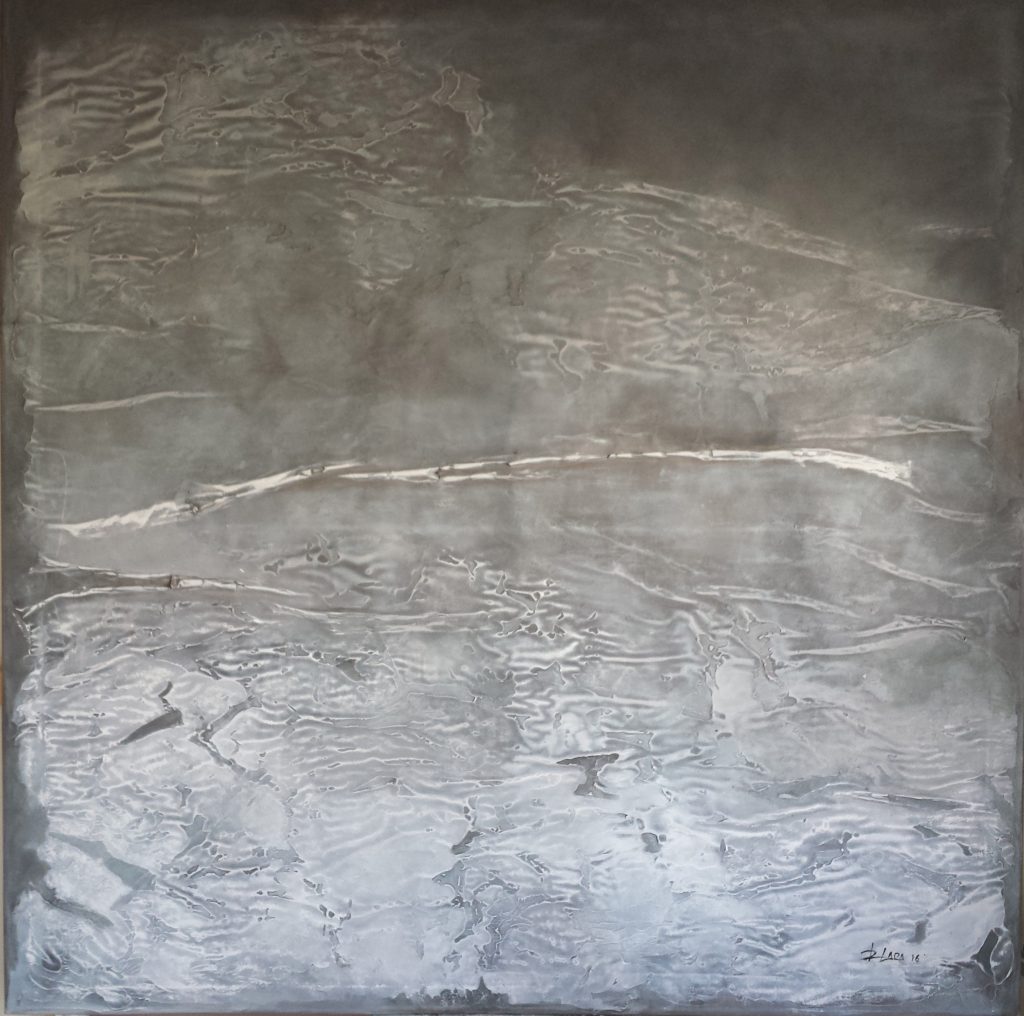
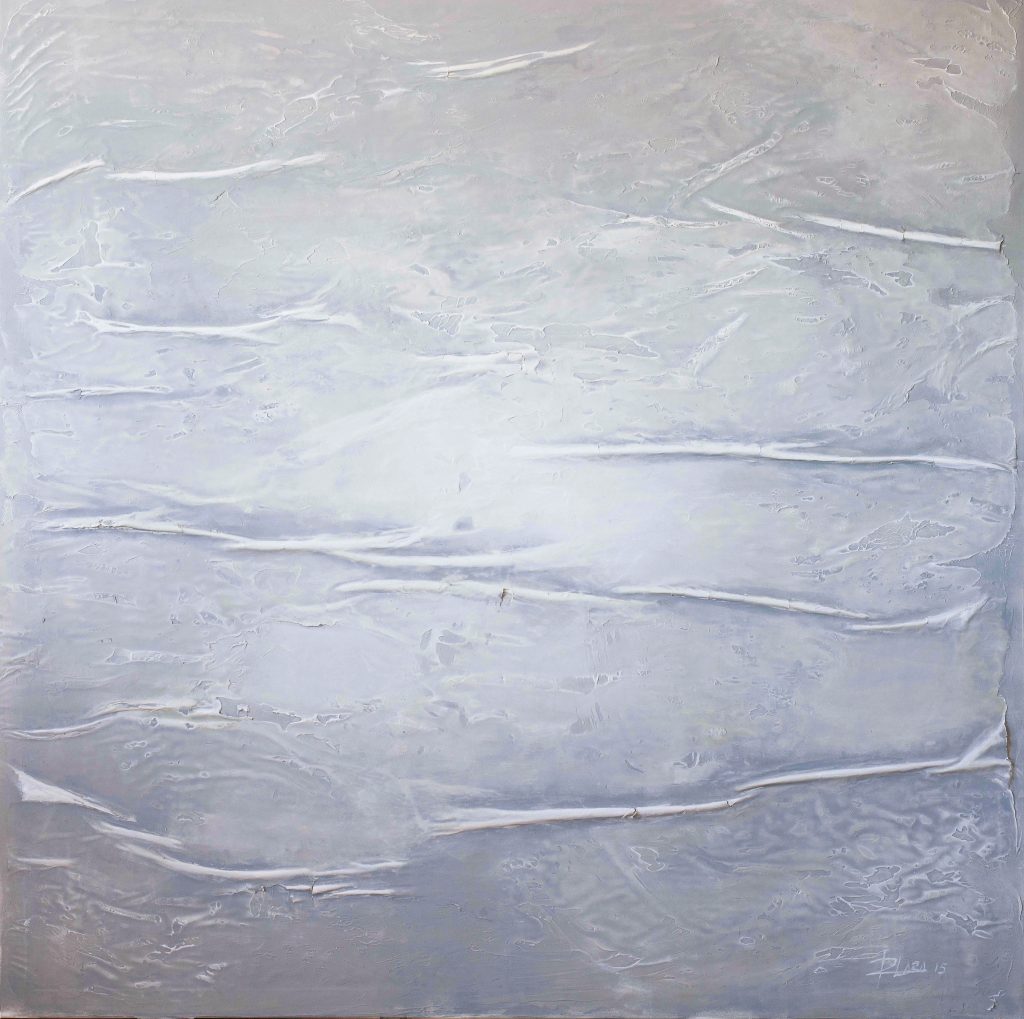
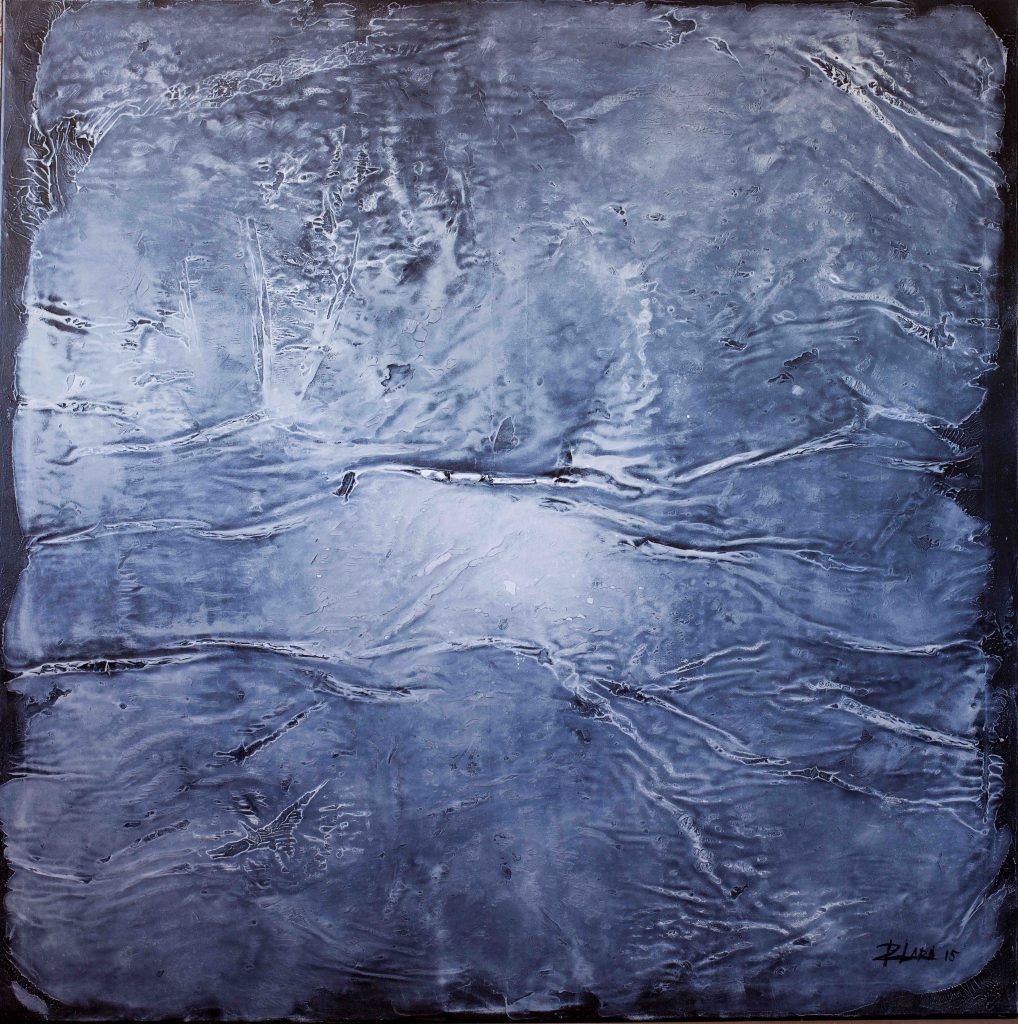
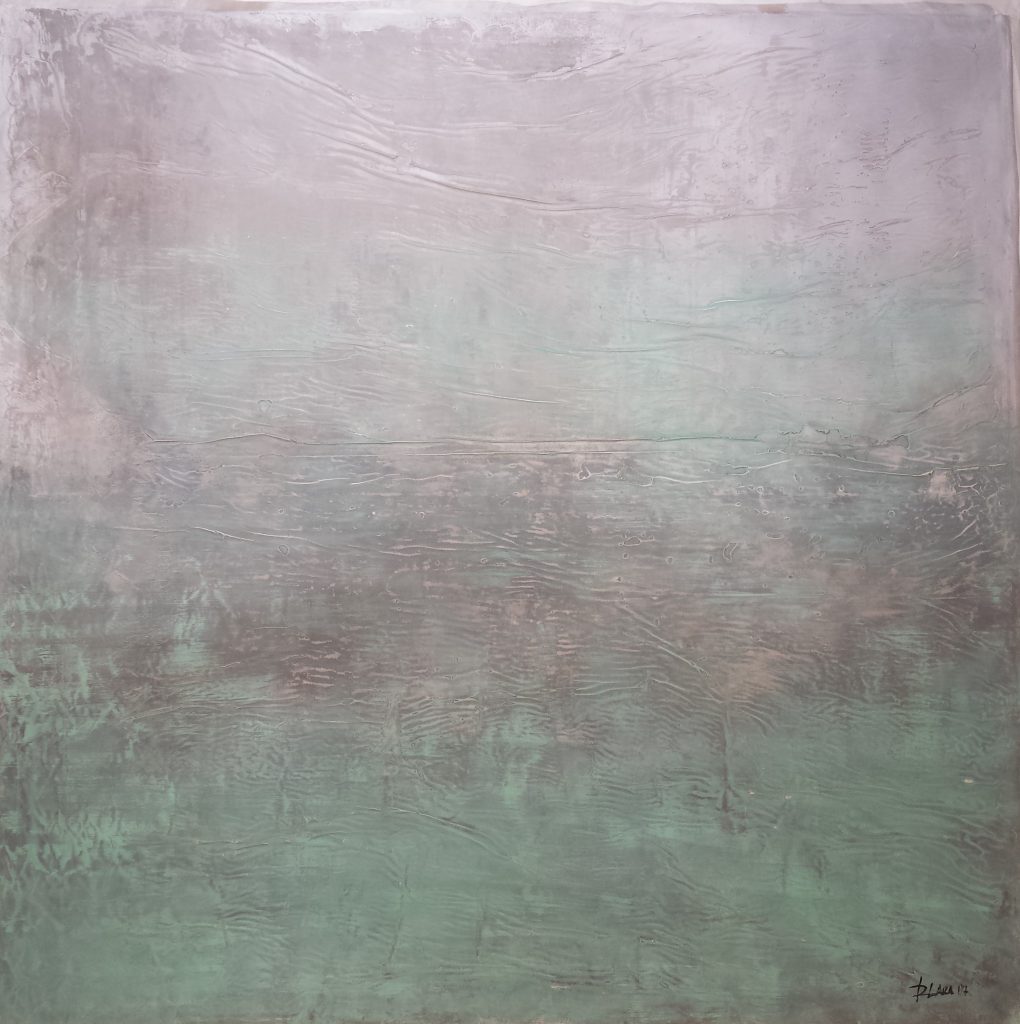
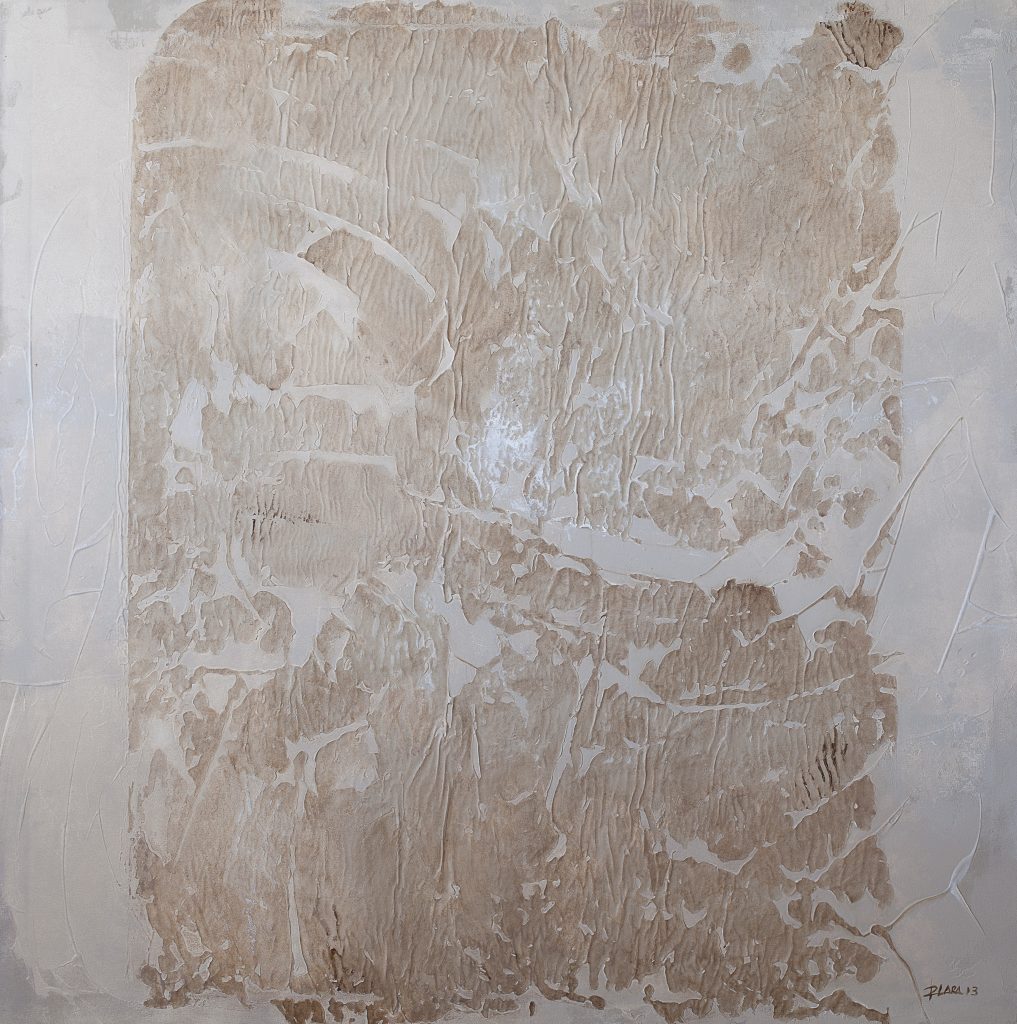
Conclusion
In conclusion, creating a minimalist art collection can be a rewarding and enriching experience. By paring down to the essentials and focusing on simplicity and clarity, you can create a calm and peaceful environment that promotes relaxation and productivity. When selecting and displaying minimalist artworks, remember to look for pieces that use simple forms, natural materials, and a limited color palette. And don’t forget to choose artworks that resonate with you personally, so that each piece in your collection has a special meaning and significance.
FAQs
Q. What is minimalism in art?
A. Minimalism in art is a design philosophy that emphasizes simplicity and clarity over complexity and ornamentation.
Q. What are the benefits of creating a minimalist art collection?
A. Creating a minimalist art collection can help reduce visual clutter in your space, create a calm and peaceful environment, and enhance your eye for design. Minimalist artworks often have a timeless quality that makes them suitable for any decor style.
Q. What factors should I consider when selecting minimalist artworks?
A. When selecting minimalist artworks, consider the use of simple, geometric forms, a limited color palette, and natural materials such as wood, stone, and metal. Choose pieces that resonate with you personally and have a special meaning or significance.
Q. How can I display minimalist artworks effectively?
A. Effective display techniques for minimalist artworks include using a neutral, monochromatic color scheme for your walls and furniture, grouping similar artworks together, and using minimal framing or mounting techniques to showcase the raw materials and textures of the artworks.
Q. Where can I find minimalist artworks to add to my collection?
A. There are many contemporary artists who specialize in minimalist artworks, including Raul Lara. Look for galleries, art fairs, and online marketplaces to discover new artists and artworks to add to your collection.

